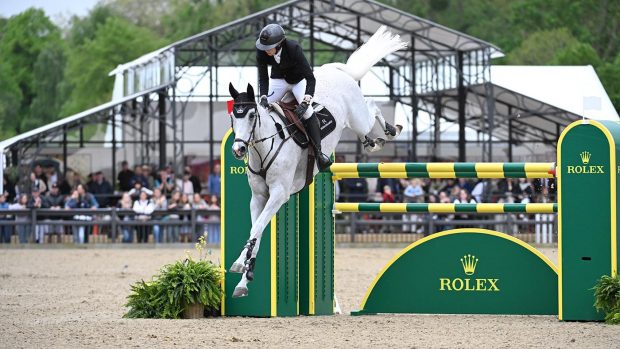Q: My 15-year-old 16hh Thoroughbred mare has recently been diagnosedwith pedal ostitis. She has never had any problems with her feet in the past, but we do a lot of roadwork most days. Could you please tell me what causes this condition, how it is treated and what the prognosis is?
Farrier Martin Humphrey replies: Pedal ostitis is an inflammation of the pedal bone. This is the last bone in the horse’s leg and is well developed so it can support a large amount of weight. The bone conforms in shape to the inside of the hoof, to which it’s firmly attached.
The main cause of pedal bone inflammation is concussion, and therefore the disease is more common in horses with flat feet or ones which are often worked on hard ground. The front feet tend to be the ones that are affected.
Pedal ostitis is usually diagnosed with X-rays and is indicated by a reduced density of the pedal bone and an irregular outline – changes caused by demineralisation.
Treatment
The most effective treatment is rest. Depending on the severity of the condition and the degree of lameness, it might be necessary to turn the horse out for a year or so or it may just mean that you have to do much less work on the roads and stick to riding on softer ground which has more give in it.
Remedial shoeing can also help the condition by reducing concussion and protecting the sole.
Pads perform both of these functions and are very useful. A pad is a sheet of leather or plastic which fits between the shoe and the horse’s hoof.
This will provide a good cushion by serving to reduce pressure on the sole (which would be transmitted to the pedal bone), and absorbing some of the shock which occurs every time a horse puts his foot down onto the ground.
Sometimes, a wide-webbed shoe or a seated out shoe is asked for but whether this is necessary depends on the conformation of your horse’s hoof and is something your farrier should advise you on.
The prognosis for pedal ostitis will depend on the severity of the condition but thankfully, it is usually quite hopeful.
In the majority of cases, the pedal bone can return back to normal with no permanent damage remaining. Of course, if a horse has very flat feet he will always be prone to bruising and may develop pedal ostitis again.
Pedal ostitis can also occur secondarily to other diseases such as infections and laminitis, in which case the prognosis may not be quite so favourable.
Read more foot and shoeing problems:




